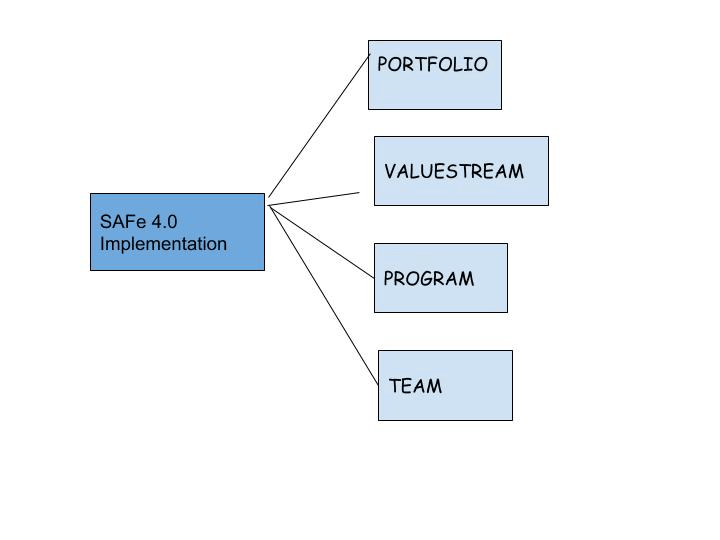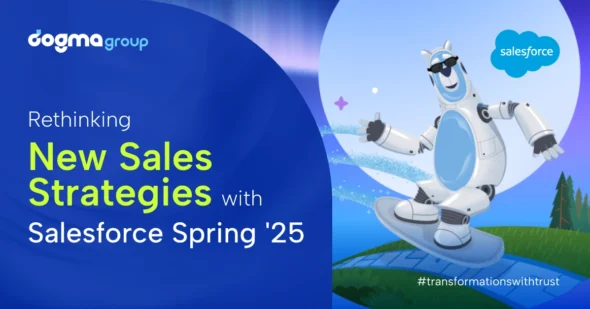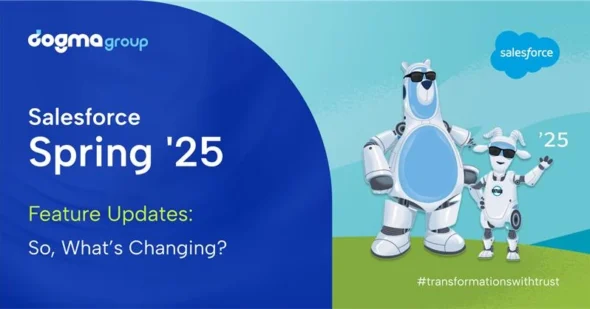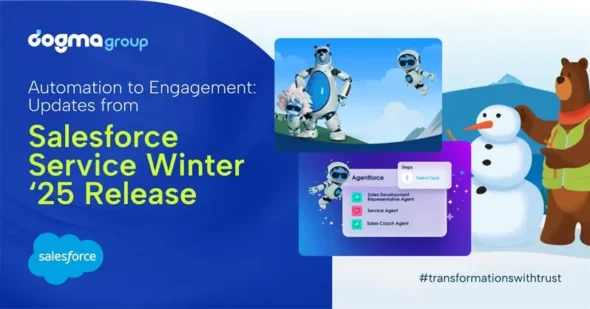Author: Ayush Shrestha
In a traditional world, organisations used the waterfall development model to develop the software and it does wonder in the projects with definite scope. In this model the projects were developed in a sequential mode i.e. the next phase could start only when the previous phase has been accomplished. Having said that, it lacks to cope up with the rapid changes in the way in which they develop. Thus, the organisations working in sequential mode will battle to scale and grow. In other way round for the organisation moving toward Agility, it has become very crucial to scale and uphold a competitive edge. So new concept of SAFe came into the impression.
SAFe refers to Scaled Agile Framework. It is designed to meet the needs of all stakeholders within an organisation by allowing the team to implement Lean-Agile software and systems in enterprise level, it’s based on Lean and Agile principle. SAFe supports smaller-scale solutions employing 50 – 125 practitioners, as well as complex systems that require thousands of people.
SAFe provides four different layers of agile-lean adoptions which are Portfolio, Value Stream, Program, and Team.
- The lowest level is called TEAM level where multiple teams are doing on the scrum, Kanban or any other agile methodology using the fundamentals of XP programming’s, delivering value at the team level.
- The second layer from bottom is PROGRAM, it refers to the teams working together under the leadership of the program management team and delivering value in the concept of agile release train (ART).
- The third layer is VALUE STREAM, it is the combination of program teams and agile release trains that are responsible for providing a significant amount of value delivered to the customers.
- On top of all Portfolio level exist which is responsible for aligning and seeing how value will be delivered by the three levels below portfolio.

How SAFe works
- All the stakeholders (Internal or External) and management come along together to create a very high-level Portfolio Vision Document which is also called as Portfolio Backlog. Portfolio Backlog is essentially consisting of multiple Business and architectural requirements which is also known as Epics. These business and architectural epics are aligned with priorities
- Based on those priorities, these epics are picked up by the Product Managers/Delivery Managers. They create a well-defined Roadmap and a Vision Document. They do this activity by discussing the release plan with the Release Management Team to align the roadmap with the production releases.
- Once the Roadmap and Vision Document is created, the Product Manager’s next step is to create a backlog of Program Backlog. A Program Backlog consists of Release Items, Functional bits and a pool of Non-Functional Requirements (NFRs).
- The Release Management Team prepares a release plan to fit in the features in the release cycles.
- The Release Management Team now works on the feature bits to fulfill the Release Plan and objectives. They also work on preparing the architecture and infrastructure to enable smooth releases.
- From the Program Backlog, we move towards an individual Product Backlog which is also known as Team Backlog. Release/System Team have their own Product Backlog, similarly, all the Scrum Team working on the project will have their individual Product Backlog.
- Product Backlog consists of both functional and non-functional stories. These stories are prioritized by the Product Owner who is working on that Scrum Team.
- Typically, there are 5-10 Scrum Teams that are working in a Scaled Agile Environment. Each of the Scrum Team has a Product Owner, Scrum Master, and a Development Team. The roles and responsibilities of each of the Scrum Team Member in Scaled Scrum are the same as that in the normal Scrum Environment.
- The Scrum Team performs all the Scrum Ceremonies and works on developing the Increment to be delivered at the end of each sprint.
Finally, when the team is interested on implementing agile approach across larger, multi- team program and portfolios, SAFe is an ideal framework to be carried out. It is beneficial especially when multiple teams are running their own way of agile implementation resulting delays, failure and facing lots of obstacles.
Thinking of implementing CRM and ERP suitable for your company? Subscribe here to get the latest updates directly in your email. Call us today for a no-obligation consultation on 01296 328 689. Or email us at info@dogmagroup.co.uk.




